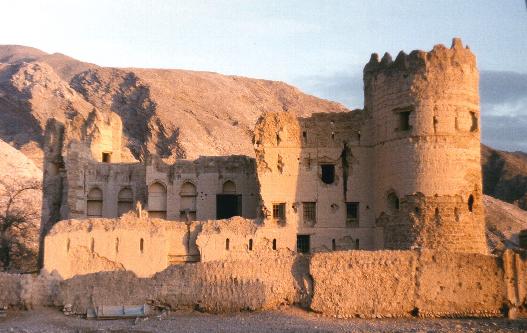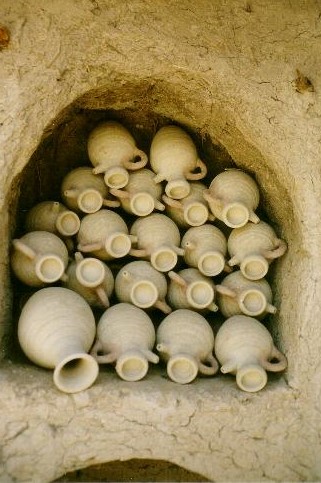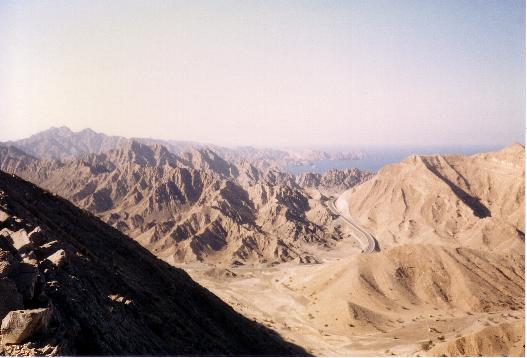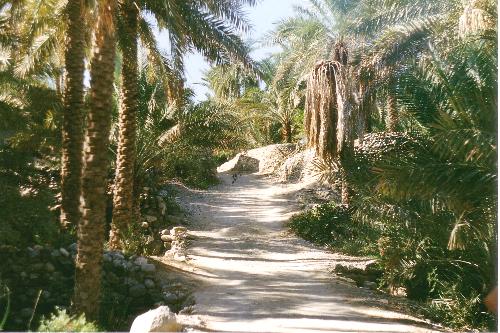I’ve been to Spain a dozen or so times, although I’ve never posted about it before.
I’ve been there as a tourist / traveller – the words are interchangeable, and where one stops and the other begins is very much a matter of personal taste. Some travellers would be highly offended if you referred to them as tourists, yet the Oxford dictionary defines a tourist as a person who makes a tour, a traveller, esp. for recreation. It is a snob thing, really. Many travellers like to think of themselves as being too serious to be a mere tourist. Perhaps it has a lot to do with that word tour, with the inference it is an organised thing, probably by a travel company, and probably full of holiday-makers who need to be guided around these awkward foreign places and told what to see and do. A Package Tour, perhaps. And so also that word recreation.
And I can be as guilty of that snobbish attitude as the next traveller. I can think of a number of times when I’ve been travelling and said ‘I’m just going to be a tourist, today‘, when I’ve felt like a day just wandering around a place and taking photographs and sitting in cafes.
Mea culpa.
I’ve also had the pleasure of going to Spain numerous times as an instructor with a group, and spending a week taking people canoeing, walking and climbing. So, all that and getting paid for it, too. Pretty fortunate, actually.
If you have ever read the book As I walked out one midsummer morning by Laurie Lee, which is the follow-up book to Cider with Rosie, you will know it is the record of his journey on foot through Spain in the 1930’s, just before the outbreak of the Spanish Civil War. It is a truly marvellous book, and well worth anyone’s time reading it, but I mention it only because I wanted to do something like that, and so my second visit to Spain was to spend a couple of weeks walking in the hills and mountains in the South of the country.
I flew into Malaga, I walked out of Malaga.
Heading north, the walker quickly gets into the foothills of the Sierra Nevada, the mountain chain that extends for a couple of hundred miles parallel to the south coast of Spain. And for the best part of the next two weeks I worked my way first Eastwards, and then Westwards back to Malaga, avoiding roads wherever possible. I slept each night on a hillside, or in the corner of a field, or anywhere else convenient where I could lay out my sleeping bag away from town or village.


As a journey, it was not without its difficulties – finding water was frequently a problem. Passing through villages there would inevitably be a tap somewhere I could fill up my bottles (and myself; I rapidly learned the thing to do was to drink as much as I possibly could when I found a water supply!), but away from any habitation it was a lot harder. Many water courses had dried up and I had to take every opportunity to fill up.


But as a way of seeing the Spain that few casual visitors see, it was unrivalled.

When the Arabs conquered part of Spain in the early part of the eighth century, they created water courses known as Falaj (which can still be seen in use in many countries such as Oman and Iran) to channel water over long distances. This one is still in use now in the Sierra Nevada.

Morning View…

…and a dusk photo at one of my wild camps.










